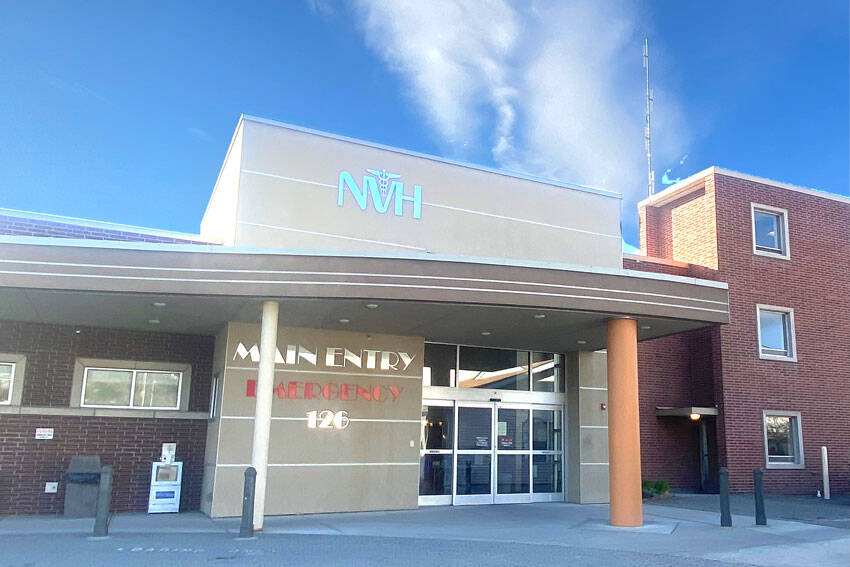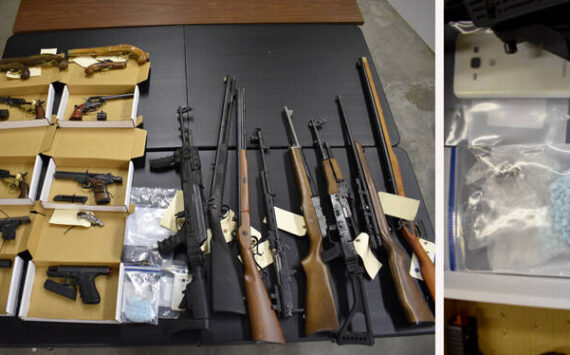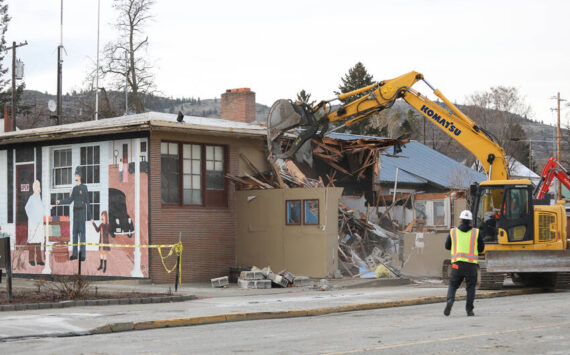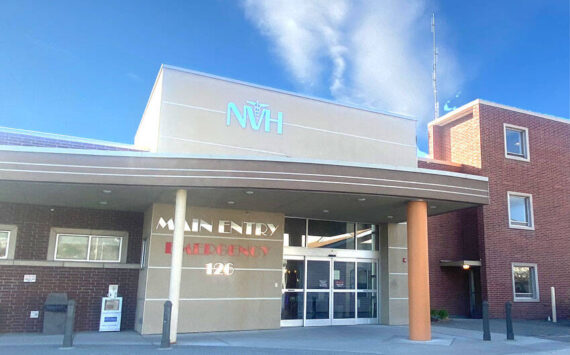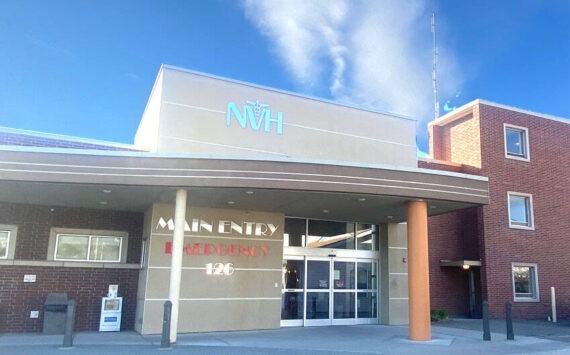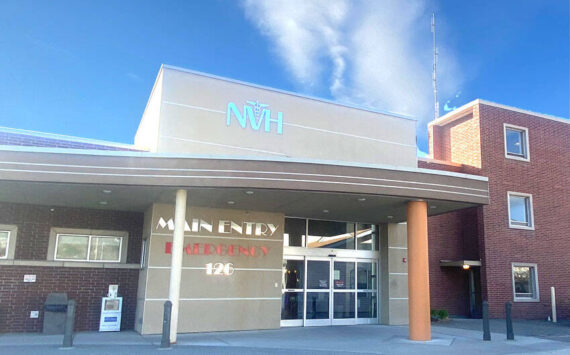NORTH COUNTY – North Valley Hospital (NVH) prepares for what many healthcare facilities across the country are bracing for, an impending shortage of intravenous (IV) saline solutions following Hurricane Helene flooding a manufacturing plant.
Hurricane Helene unleashed torrential rains and unprecedented flooding, significantly disrupting operations at Baxter International Inc., a leading supplier of critical medical products.
Baxter’s plant, which plays a pivotal role in the production and distribution of IV saline solutions, suffered considerable damage, leading to an immediate halt in manufacturing processes. IV saline, a vital component in medical treatments ranging from surgery to dehydration, is used in nearly every hospital and clinic, making the shortage a significant concern for healthcare providers nationwide.
North Valley Hospital said, “It will take time to bring the plant back to full production, 00and like every other hospital, our supplies are running low. We are getting a small amount of fluids from our distributor, but until our supply returns to normal levels, we are conserving as much fluid as possible. Most patients won’t notice any impact, but we have passed elective procedures and are working to be judicious in our saline use.”
The aftermath of the hurricane has strained the already fragile supply chain of medical supplies, which has been under pressure from increased demand and logistic challenges in recent years. Experts warn that the disruption could lead to a cascading effect, complicating routine medical procedures and emergency care.
According to John McReynolds, NVH CEO, medical professionals are now exploring strategies to mitigate the impact of the shortage.
“We’ve started to get a little bit in, so I’m hoping we’re in a better spot. When we learned that this would impact us, the medical staff met and talked about the different services that require IV saline. We looked at which ones we could limit or do in different ways. It’s big, and has an impact in different areas,” said McReynolds.
McReynolds said IV saline plays a crucial role in the delivery of certain medications.
“It plays a role in the delivery of blood, in use for certain radiology procedures, CTs with contrast, and for dehydration in certain cases. There are a lot of different clinical needs. Some of them we can do in different ways, and some of them we can’t,”
A major action NVH has undertaken in response to the shortage is working with their pharmacists and provider team.
“We are looking at what drugs that are typically given in a formulation that are given with an IV but could be given in a different formulation. That’s one of the biggest conservation strategies that’s being used at North Valley but really across the country,” said McReynolds.
NVH has taken additional steps by pausing certain elective procedures, some surgeries, and CTs with contrast if they are not urgent or emergent based on their provider’s order.
“We are scheduling those out further or pausing those. I’m hopeful that we turn that back on quickly. We are an analysis of our burn rate, and how quickly we will be back in the spot where we can start doing some of those things again. I think we are pretty close to that now, at least I’m hopeful. It is dependent on our shipments,” said McReynolds.
In the wake of the disaster, the incident underscores the need for more resilient and diversified supply chains for essential medical supplies.
“That one plant made such a huge portion of what is used in the United States that there aren’t enough other places that people can buy it that it helps. Baxter is working as hard as they can to bring the plant back online. The FDA, at the federal level, is working to bring supplies in from other countries but there is a fairly long approval process. That will help eventually. In the short term, we are waiting for the manufacturers to make as much as possible,” said McReynolds.
Healthcare authorities urge the public not to panic.
“The conservation strategies are really helpful. This is bigger than just our county. There are a lot of opportunities for organizations to be more judicious in their use. We are hearing, they have been pretty successful in reducing the amount that is required,” said McReynolds.
As for the general public, McReynolds said that having understanding, and patience for the conservation process, will be helpful.
“I’m feeling pretty hopeful that we are going to start seeing more supply come in. It’s a little scary, until it actually shows up. It seems like we may escape without a huge detrimental impact,” said McReynolds.
For now, both healthcare providers and patients must navigate the temporary challenges posed by this disruptive act of nature.
